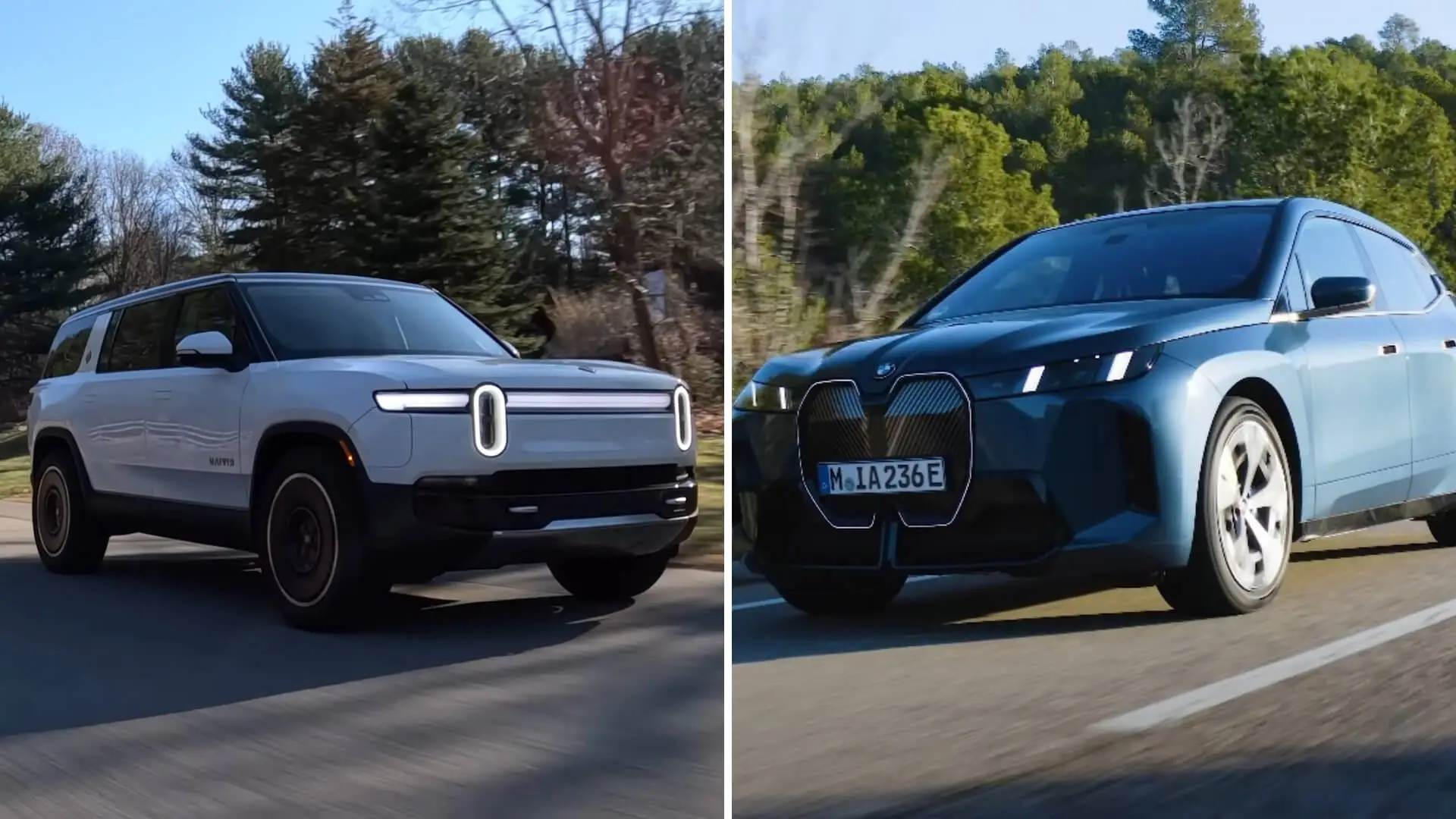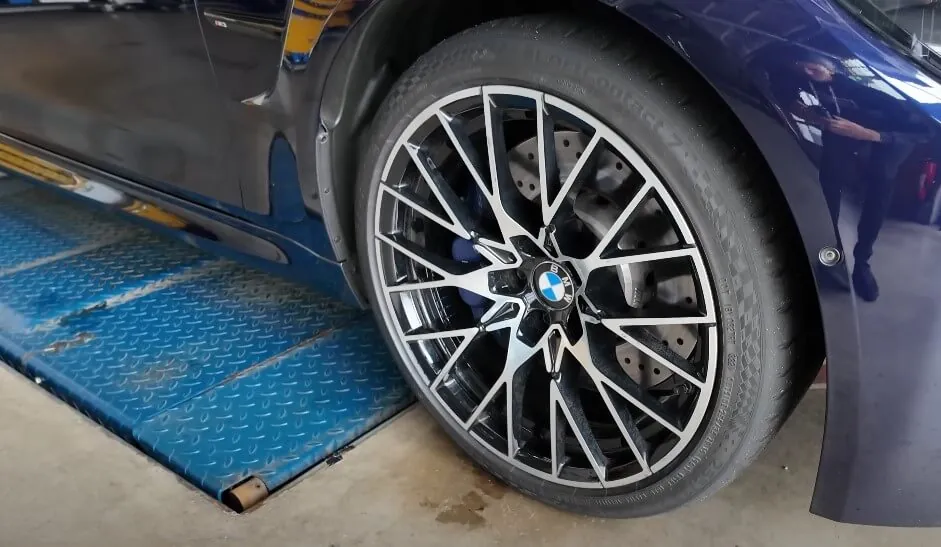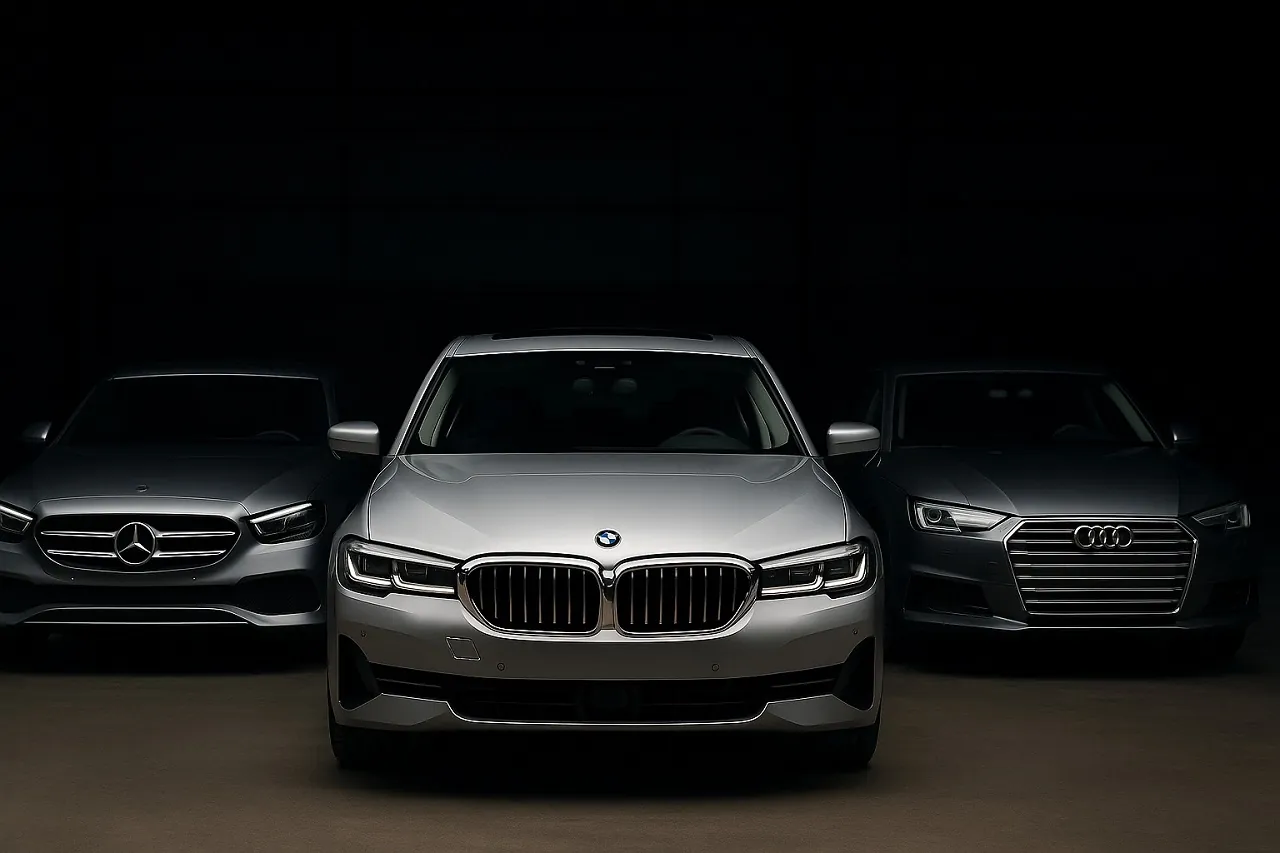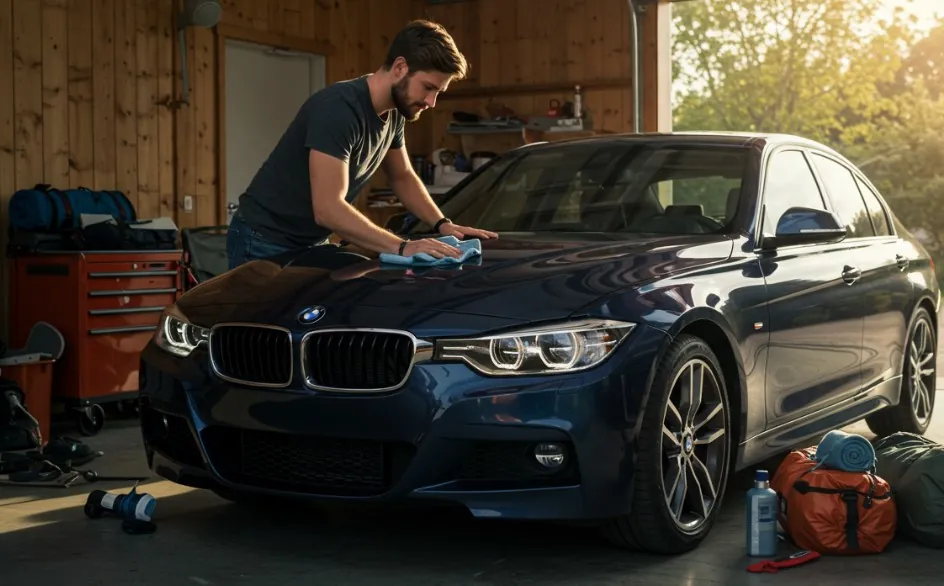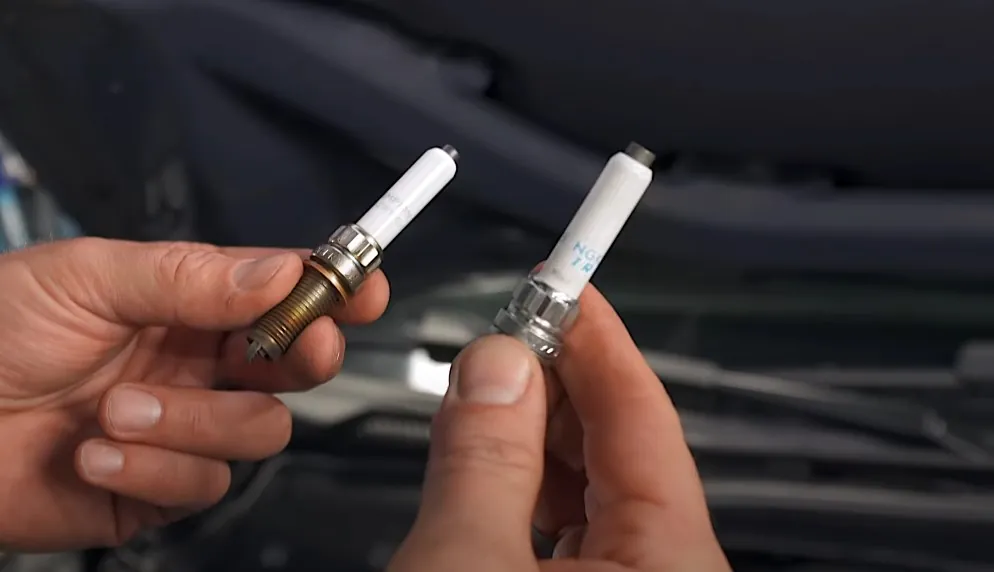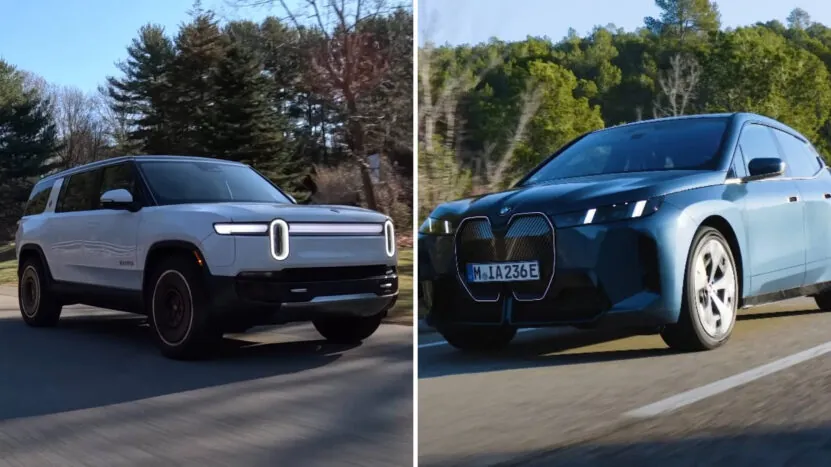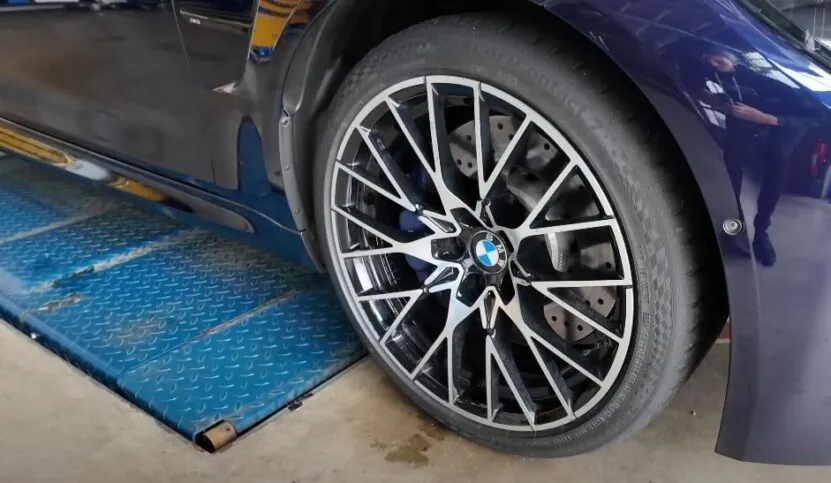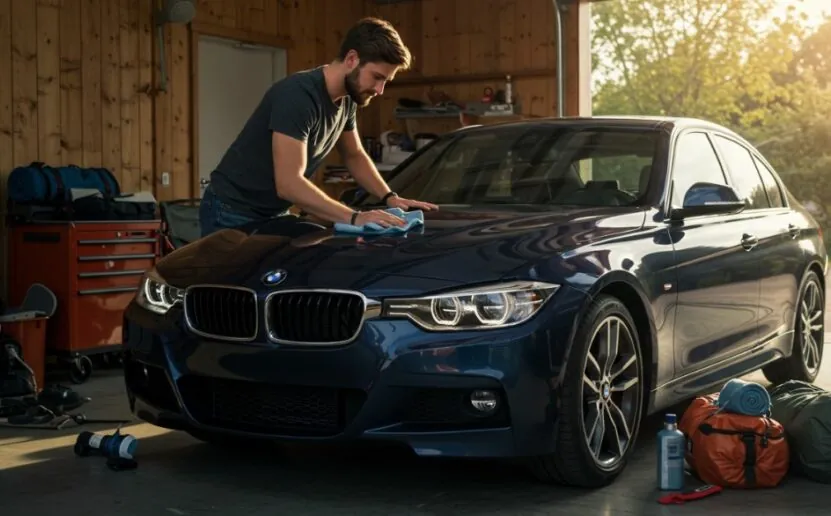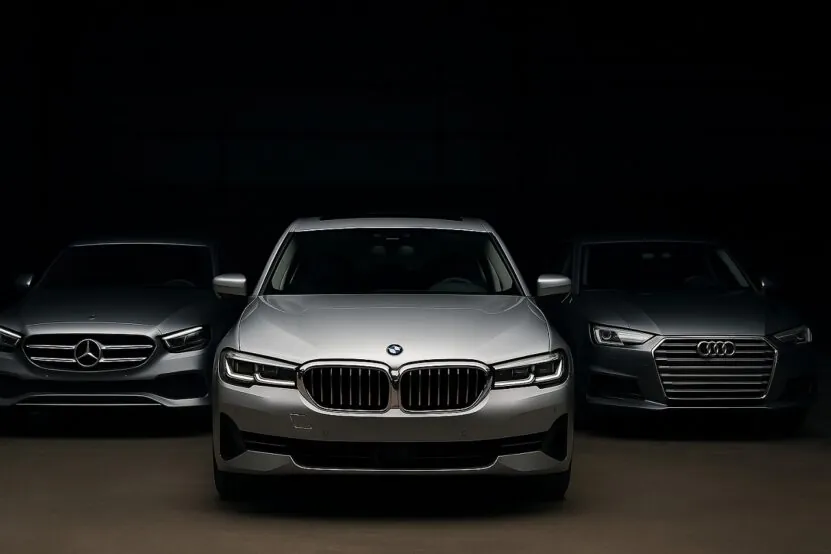
Share Post:
Safety remains a top priority for drivers investing in luxury vehicles.
Brands such as BMW, Mercedes-Benz, and Audi have built reputations on performance, innovation, and occupant protection.
Shoppers interested in premium driving experiences often evaluate how each brand addresses collision prevention, crash survivability, and technology-based safety enhancements.
Comparing BMW to its two primary German rivals provides useful insights for buyers who want performance without compromising safety standards.
Industry Standards for Safety Ratings
Automotive safety organisations play an essential role in evaluating vehicle safety across all classes, especially in the luxury segment, where both innovation and protection are expected.
The two primary authorities recognised globally are:
Both conduct rigorous testing procedures that simulate real-life crash scenarios and operational hazards.
These ratings help consumers make informed decisions about which vehicles offer the best protection in various conditions.
Euro NCAP focuses on European-market vehicles and evaluates several aspects using comprehensive testing, including:
- Frontal Impact Testing: Simulates a head-on collision to assess damage to the driver and front passenger
- Side Impact Testing: Measures the impact on occupants when struck from the side
- Pole Test: Evaluates side protection by propelling the vehicle sideways into a rigid pole
- Pedestrian Protection: Assesses the risk of injury to pedestrians struck by the vehicle
- Child Occupant Safety: Rates how well child restraint systems perform in crashes
IIHS, operating in the United States, uses a different grading structure and set of crash simulations but addresses similar concerns. Their results are delivered using a four-tier rating system:
- Good
- Acceptable
- Marginal
- Poor
Categories tested by IIHS include:
- Moderate Overlap Front Test
- Small Overlap Front Test (driver and passenger side)
- Side Crash Evaluation
- Roof Strength Assessment
- Head Restraint and Seat Evaluation
- Front Crash Prevention (vehicle-to-vehicle and vehicle-to-pedestrian)
BMW Safety Ratings Overview
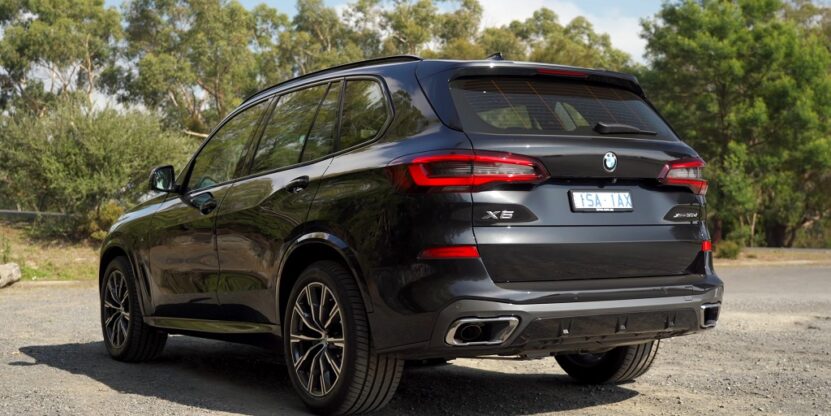
BMW consistently ranks near the top in both European and American safety evaluations.
Euro NCAP regularly awards five-star ratings to models such as the BMW 3 Series and BMW X5, which excel in occupant protection, pedestrian protection, and crash avoidance technologies.
These vehicles demonstrate exceptional performance in side-impact, frontal-offset, and pole collision tests, with cabins designed to absorb energy efficiently and reduce injury risk.
BMW vehicles benefit from a robust safety architecture built on meticulous engineering.
Chassis designs make extensive use of high-strength steel and strategically placed crumple zones, reinforcing the brand’s emphasis on structural integrity.
Comprehensive airbag systems, active restraint mechanisms, and reinforced passenger compartments contribute to enhanced occupant protection.
Advanced driver-assistance technology is widely deployed across all trims. Safety does not require an upgrade. Even entry-level options come equipped with tools that promote awareness and accident prevention.
Key features on the SE trim include:
- Front and rear parking sensors
- Lane departure warning
- Speed limit information
- Basic infotainment integration with visual alerts
For buyers seeking more performance and control without sacrificing security, M Sport trims elevate the offering with:
- Adaptive M suspension for improved handling and stability
- Full parking assist with automated steering
- Surround view camera systems
- Enhanced navigation with hazard warnings
Mercedes-Benz Safety Ratings Overview
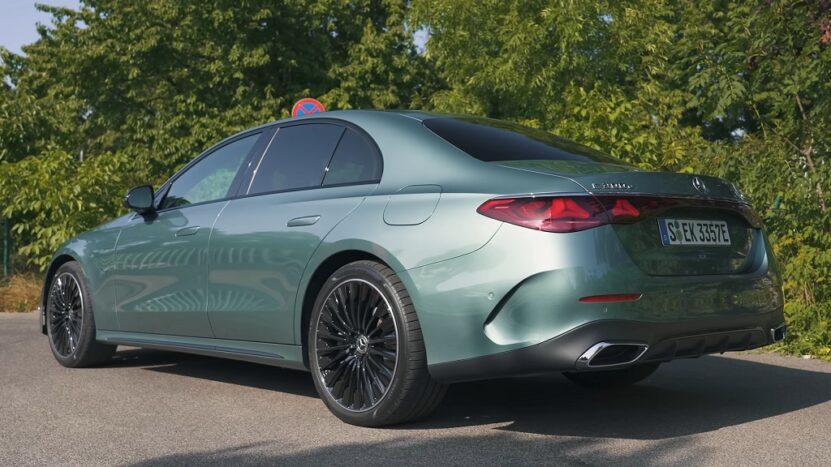
Mercedes-Benz frequently leads Euro NCAP results across multiple vehicle classes. Models such as the A-Class hatchback and GLA crossover consistently receive five-star ratings.
These results reflect a commitment to superior passive and active technologies that help reduce injury risk in high-impact situations.
Rigid structural engineering, energy-absorbing crumple zones, and comprehensive restraint systems create a secure environment for both drivers and passengers.
One of the brand’s greatest strengths lies in how it distributes features across its lineup. Even base trims offer a level of protection and assistance features that many competitors only include in mid or high-tier variants.
SE and Sport trims, for instance, come equipped with practical comfort and the following elements:
- Heated front seats for driver comfort in cold weather
- Forward collision warning with emergency braking
- Lane keeping assist to support safer motorway travel
- Speed-sensitive steering adjustments
Higher-end variants, such as the AMG Line Premium Plus, elevate the safety experience with a full suite of advanced systems:
- 360-degree camera with real-time surroundings view
- Panoramic support via intelligent camera stitching
- Adaptive high-beam assist for safer night driving
- Traffic sign recognition to reduce driving errors
- Automatic blind spot detection with exit warning
Audi Safety Ratings Overview
Audi delivers consistently solid safety performance across its model range, though it tends to lag slightly behind BMW and Mercedes-Benz in terms of consistency and long-term reliability.
Premium models such as the Audi A3 and A6 receive five-star ratings in Euro NCAP crash assessments, showcasing structural soundness and occupant protection.
However, discrepancies in reliability scores cast doubt on the long-term effectiveness of safety systems, especially as vehicles age.
All-wheel-drive performance plays a key role in Audi’s safety engineering.
The Quattro system, known for traction control and cornering stability, enhances confidence in challenging weather and road conditions.
Quattro’s presence across many models boosts active protection by reducing skidding and improving grip on slippery surfaces.
Higher-performance trims, such as S line and RS models, offer specialised support technologies that enhance stability and vehicle responsiveness during rapid manoeuvres. Key enhancements found in these variants include:
- Electronic Stability Control (ESC)
- Dynamic steering and torque vectoring
- High-performance braking systems
Driver-assistance technology is available but not always consistent across the lineup. Many base trims feature fewer integrated systems than competitors at similar price points.
Common safety technologies that may or may not be present, depending on trim, include:
- Lane guidance
- Forward collision warning
- Adaptive cruise control
- Rear cross-traffic alert
- Blind spot monitoring
Comparative Analysis
Safety comparisons between BMW, Mercedes-Benz, and Audi reveal strengths and shortcomings that can influence decision-making for buyers focused on long-term protection and peace of mind.
Crash Test Ratings
BMW and Mercedes-Benz maintain a consistent presence at the top of Euro NCAP and IIHS rankings.
Their ability to deliver five-star performance across a wide range of models reflects an engineering focus on crash energy absorption, structural integrity, and occupant safety.
Audi also performs well in this area, but its lower-tier trims occasionally show slightly lower outcomes.
Key Crash Test Highlights:
BMW:
- 3 Series, X5, and 5 Series frequently receive five-star ratings
- Strong passenger compartment integrity
- Excellent results in side-impact and pole tests
Mercedes-Benz:
- A-Class, C-Class, GLE among highest scorers
- High pedestrian protection scores
- Automatic emergency braking effectiveness validated in testing
Audi:
- A3 and A6 achieve five-star scores
- Lower scores sometimes seen in less-equipped variants
- Quattro system assists in maintaining control post-impact
Local Maintenance and Safety Assurance
Maintaining your vehicle’s safety performance over time requires regular inspections and access to reliable servicing options.
In the UK, the Ministry of Transport (MOT) test is a legally required annual inspection to ensure that vehicles meet road safety and environmental standards.
For BMW, Mercedes-Benz, and Audi owners in Birmingham, Fixter offers a convenient and competitively priced solution.
Customers benefit from a door-to-door service, meaning your car is picked up, inspected, and returned, reducing downtime and improving convenience. Fixter’s user reviews also highlight the platform’s reliability and transparency, contributing to peace of mind for safety-conscious drivers.
If you’re looking to book an MOT in Birmingham and want to keep your luxury vehicle in optimal safety condition, this option provides both cost-efficiency and trustworthy service quality.
Driver-Assistance Technology
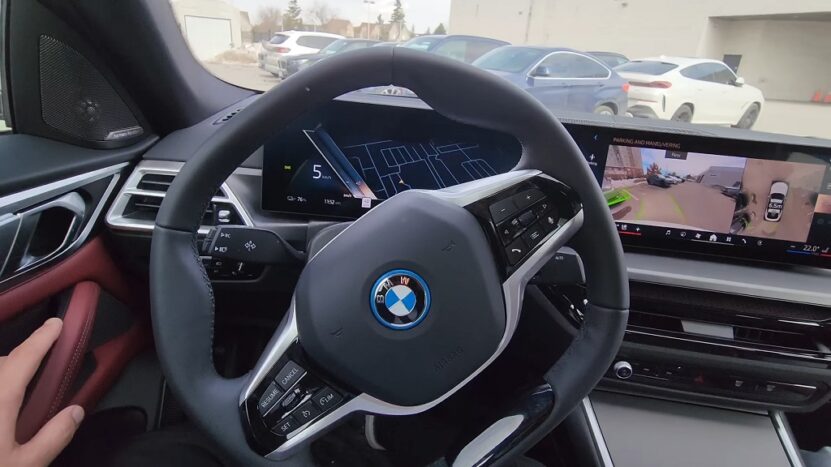
Mercedes-Benz leads in terms of standardisation and integration of ADAS. Most trims across its lineup include advanced systems that are either standard or easily accessible.
BMW also delivers outstanding technology with a performance-oriented slant, offering predictive systems that enhance driving confidence.
Audi introduces strong features in upper trims but lacks coverage in base models.
ADAS Technology Comparison:
Mercedes-Benz:
- Standard active brake assist and attention assist
- Traffic sign recognition and lane-keeping available even in mid-tier trims
- 360-degree cameras and blind-spot assist available in most variants
BMW:
- Driving Assistant Professional suite includes lane centring, adaptive cruise, and collision avoidance
- Parking Assistant Plus and adaptive LED headlights available on multiple trims
- Focus on enhancing driver control in dynamic conditions
Audi:
- Audi pre sense front and rear standard in many models
- Adaptive cruise and lane guidance mainly reserved for upper trims
- Some base trims lack blind-spot monitoring or rear cross-traffic alert
Reliability Impact on Safety
Vehicle reliability plays a direct role in maintaining the effectiveness of protection systems over time.
Malfunctioning sensors, outdated firmware, or failing control units can compromise protective measures.
BMW and Mercedes-Benz maintain better long-term reliability records, which supports continued safety system functionality.
Audi shows good performance in initial protection, but lower reliability ratings raise questions about the consistency of those systems over the years of use.
Routine vehicle inspections, such as MOT testing, are essential to maintaining safety standards.
Ensuring timely MOT checks helps preserve the integrity of safety systems and identify mechanical issues before they escalate.
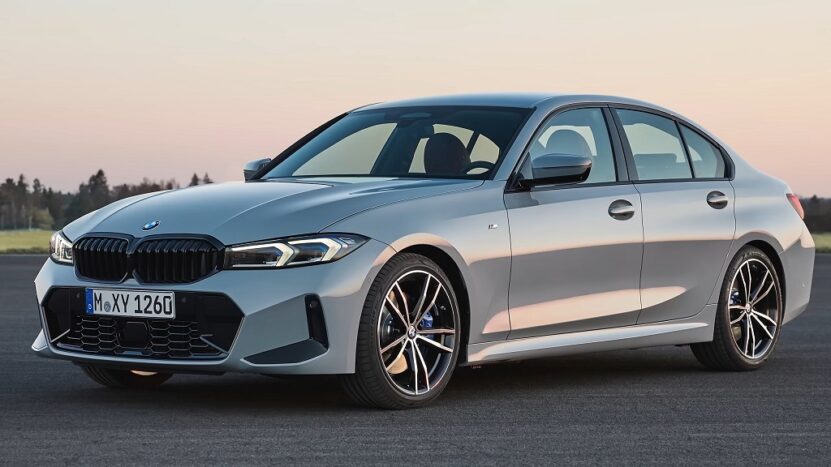
Reliability Observations Related to Safety:
BMW:
- Above-average reliability in critical safety tech such as radar and cameras
- Fewer recalls reported on active protection systems
- Strong dealer support for software and hardware maintenance
Mercedes-Benz:
- Maintains high standards across vehicle life cycles
- Frequent over-the-air updates keep ADAS current
- Limited issues reported in customer surveys on safety-related repairs
Audi:
- Good in short-term performance, but issues arise after extended use
- Electronic glitches reported in safety sensors on select models
- Maintenance costs and part availability can affect system uptime
The Bottom Line
BMW delivers elite safety performance that matches or exceeds competitors in several key areas.
Mercedes-Benz remains a leader in standardised protection tech and crash protection. Audi presents a strong case but loses ground in reliability, which could affect future system performance.
Safety-first buyers may find BMW or Mercedes-Benz better aligned with their goals. Audi may appeal more to those placing equal weight on aesthetics and performance, but willing to compromise slightly on long-term protection assurance.
Related Posts:



